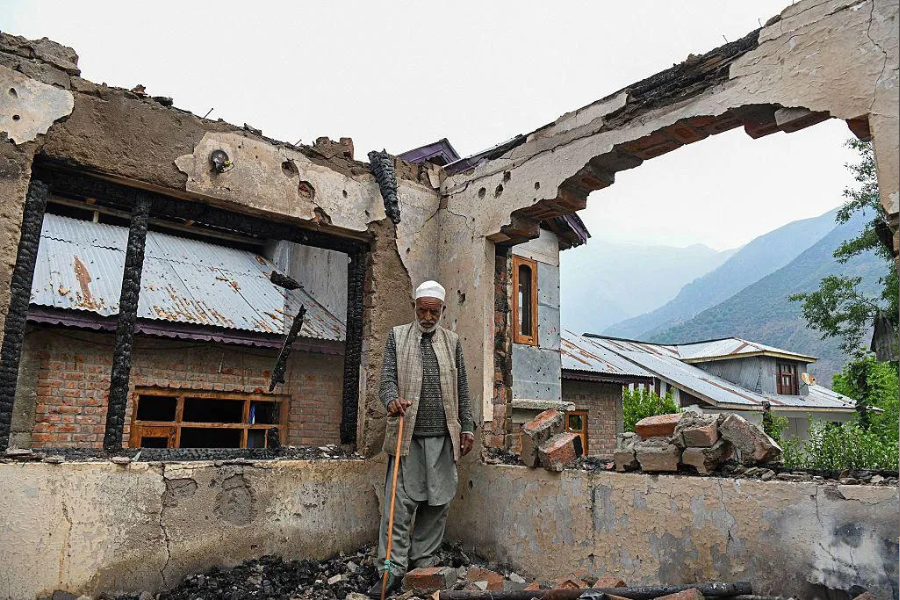Living on the Edge: India and Pakistan’s Fragile Peace Along the Line of Control

Life along the Line of Control (LoC), the volatile border dividing India and Pakistan in the Kashmir region, is a daily test of endurance. Marked by decades of conflict and only fleeting episodes of calm, this stretch remains one of the most militarized and dangerous frontiers in the world.
The latest bout of violence, triggered by the deadly Pahalgam attack, brought the two nuclear-armed neighbors to the brink once again. Heavy shelling flattened homes and shattered lives on both sides. At least 16 civilians were reported dead in Indian-administered Kashmir, while Pakistan claimed 40 fatalities on its side, though the actual causes remain unconfirmed.
For residents of border towns and villages, every fresh escalation renews the cycle of fear and loss. “Border communities are held hostage by political decisions made far from their homes,” says Anam Zakaria, a Pakistani author and researcher. She describes how families are routinely forced into bunkers, livestock is lost, and schools, hospitals, and homes are destroyed during these hostilities.
India and Pakistan share a border stretching over 3,300 km, of which 740 km make up the LoC. Originally drawn as a ceasefire line after the first India-Pakistan war in 1947-48, it was redefined under the 1972 Simla Agreement. The LoC slices through Kashmir, a region claimed by both nations but divided between them.
Violence here is not unusual. Ceasefire violations can range from sporadic gunfire to full-fledged artillery exchanges and coordinated military strikes. Analysts describe the LoC as a border “etched in blood”—a frontier where conflict is routine and peace is provisional.
The years following the 2003 ceasefire agreement saw relative calm, but clashes surged again in 2008 and continued to escalate. Between 2013 and early 2021, border tensions remained high until a fresh ceasefire agreement in 2021 brought some relief. That lull has now been disrupted once again.
According to security experts, ceasefire violations are often driven by ground-level military dynamics rather than top-level political decisions. Local commanders, acting with or without direct approval, sometimes initiate firing based on perceived threats or strategic considerations. While India blames Pakistan for facilitating militant infiltration under the cover of cross-border fire, Islamabad accuses New Delhi of targeting civilian areas without provocation.
This localized, reactive nature of the conflict has kept the border perpetually on edge. In 2016, over 27,000 people were displaced due to sustained firing. These are not isolated incidents but part of a long, troubling pattern that defines daily life in the region.
The idea of transforming the LoC into a formal international border has long been discussed but remains deeply controversial and politically infeasible. India maintains its claim over the entire region of Jammu and Kashmir, while Pakistan sees a permanent border along the LoC as a concession to Indian terms—something no Pakistani government has been willing to accept.
Between 2004 and 2007, efforts were made to soften the LoC during a fragile peace process. Those talks eventually collapsed, and with them, hopes of a broader resolution.
Today, as border tensions simmer once again, people living near the LoC are bracing for uncertainty. The threat of conflict, displacement, and destruction looms large over every routine. As one resident of Pakistan-administered Kashmir said during the recent flare-up, “You can’t sleep peacefully when your window faces the Line of Control.”
The message is clear: peace, however temporary, remains as fragile as the glass in those very windows.






